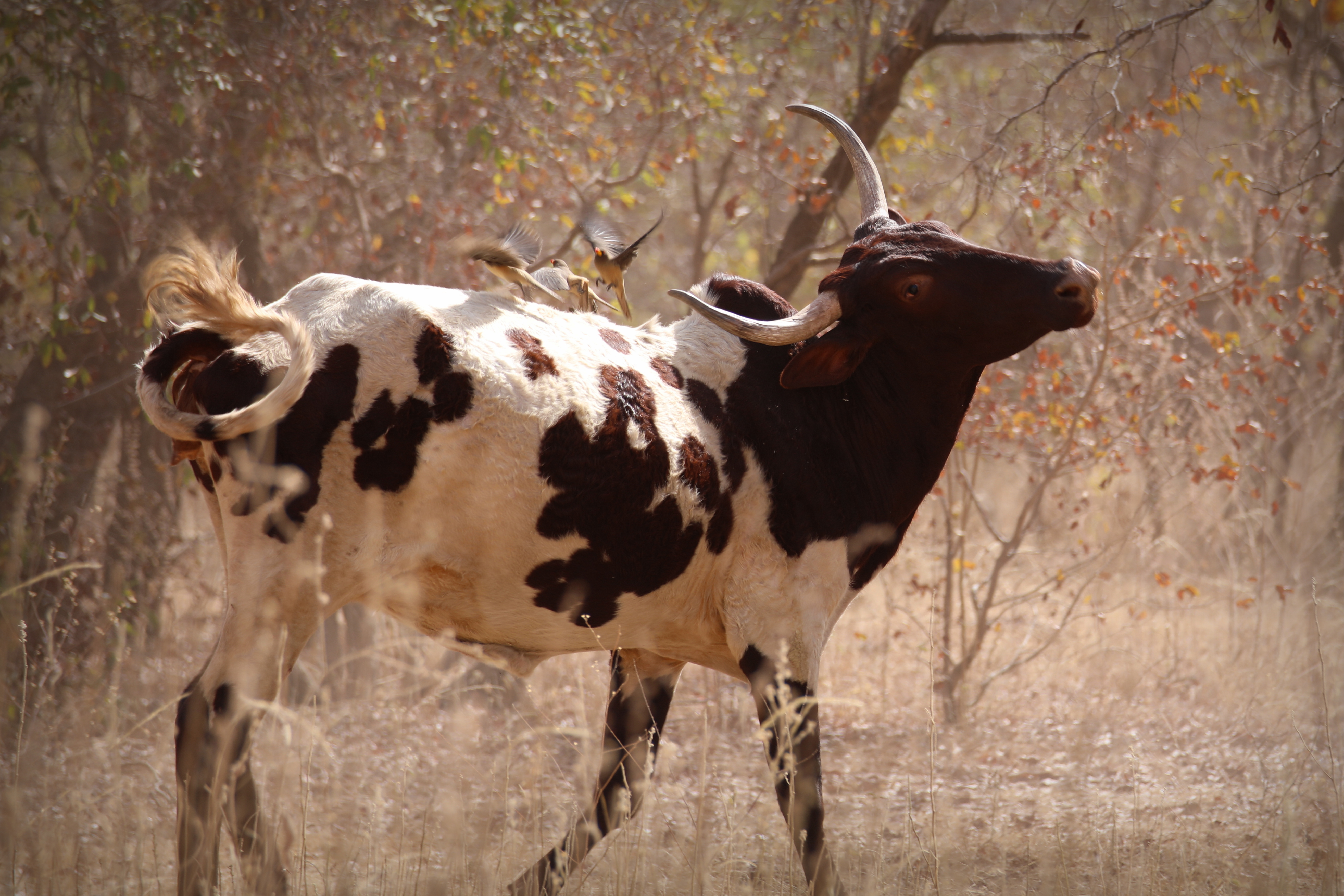- Creation-Management of Community based Protected Areas
- Bénéficiaire SEKAKOH
- Montant du projet 149 786€
- Subventions FFEM 74 857€
-
État du projet en cours
The Mpem and Djim National Park (PNMpD), with an area of 97,480 ha, is located in the Center region, Mbam and Kim department, Yoko district. Circular in shape, the PNMpD is almost entirely bounded by watercourses, the main ones being the Djim and the Mpem. The park is located in the ecotone zone (forest-savannah mosaic), which gives it a great wealth of habitats. In total, nine plant formations were thus identified in 2021, as well as a great specific diversity. This diversity is particularly observable in birds with 357 identified species and in primates: tantalum monkeys and olive baboons in wooded, treed and grassy savannahs, chimpanzees, white-nosed hoarsers and grey-cheeked monkeys in primary and secondary forests, and whiskered, pogonias and cercopithecus de Brazza in the swamp forests.
Pastoralism is one of the main economic activities practiced in the periphery of the Mpem et Djim National Park (PNMpD). However, the socio-economic studies (Nzie, 2021) carried out as a prelude to the development of the park, mention the absence of a land allocation plan, the insufficiency of traditional grazing areas, their invasion by invasive plant species and the arrival of transhumant herds in the dry season. Consequently, the park is seasonally invaded by cattle, which leads to an erosion of the fauna and flora biodiversity. The damage caused by domestic animals in the wild is particularly visible in terms of the state of health of the habitat, but also in terms of the increase in human-wildlife conflicts.
